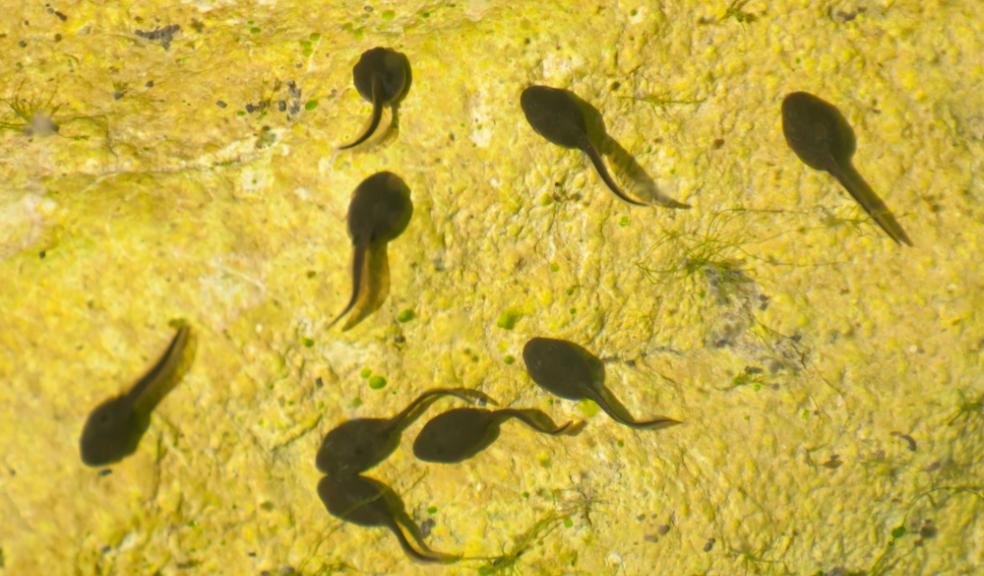
Computer scientists involved in project to study how animals initiate locomotion
Scientists from Plymouth University are beginning to develop computer models of tadpole brains as part of a £1.3 million project to understand how the brain makes the decision to initiate motion.
A collaborative project, funded by the Biotechnology and Biological Sciences Research Council (BBSRC), will see the Plymouth team working in conjunction with biologists at the University of Bristol and the University of St Andrews to understand and build computer models of how sensory signals are interpreted by the brain and lead to the initiation of locomotion.
Most animals, like ourselves, can walk, run, swim or fly away when appropriate. Even though this response seems very simple compared to our ability to think, talk or learn, the details of the way nervous circuits in the brain and spinal cord initiate locomotion remain poorly understood.
In mammals, which have been studied most intensively, we have a broad knowledge of the areas of the brain and types of nerve cells which control locomotion, but the nervous system is astonishingly complex.
To simplify the problem researchers in Bristol chose a very small animal, the newly hatched frog tadpole, where they have detailed knowledge about the nerve cells controlling swimming.
In a three year programme, the labs in Bristol and St Andrews will use optical imaging to find key nerve cells then make electrical recordings to study their properties, connections and responses to the stimuli which start and influence swimming.
In parallel in Plymouth, computer models of the networks in the tadpole brain will be built to understand the basic requirements to start and generate swimming activity and extend models of decision making down to the level of nerve cells, which is where decisions are ultimately made.
Roman Borisyuk, Professor of Computational Neuroscience at Plymouth University, said: “This collaboration will enable us to develop detailed and biologically realistic computer models, demonstrating the connectivity of around 3,000 neurons that results in sensory integration and swim initiation. We hope these models will help us to reveal a fundamental mechanism and decision making process in the tadpole nervous system, which in turn might give us greater understanding of vertebrate motor control.”
A shared evolutionary origin means that although the tadpole nervous system is small and young, it is built on the same principles as all vertebrates. The research findings should therefore provide broader insights into how brain networks controlling locomotion are organised.
In the brain of mammals, like ourselves, these networks are remarkably complex and when they go wrong, they cause severe problems in initiating locomotion, like Parkinsonism. The researchers hope that study of a much simpler system may uncover core principles which lie concealed in the adult brain.
Dr Steve Soffe, from the University of Bristol’s School of Biological Sciences, added: "This exciting collaborative project between the Universities of Bristol, St Andrews and Plymouth will allow us to tackle fundamental questions of motor control across a broad front from individual nerve cell properties right through to computer modelling of whole brain networks."











